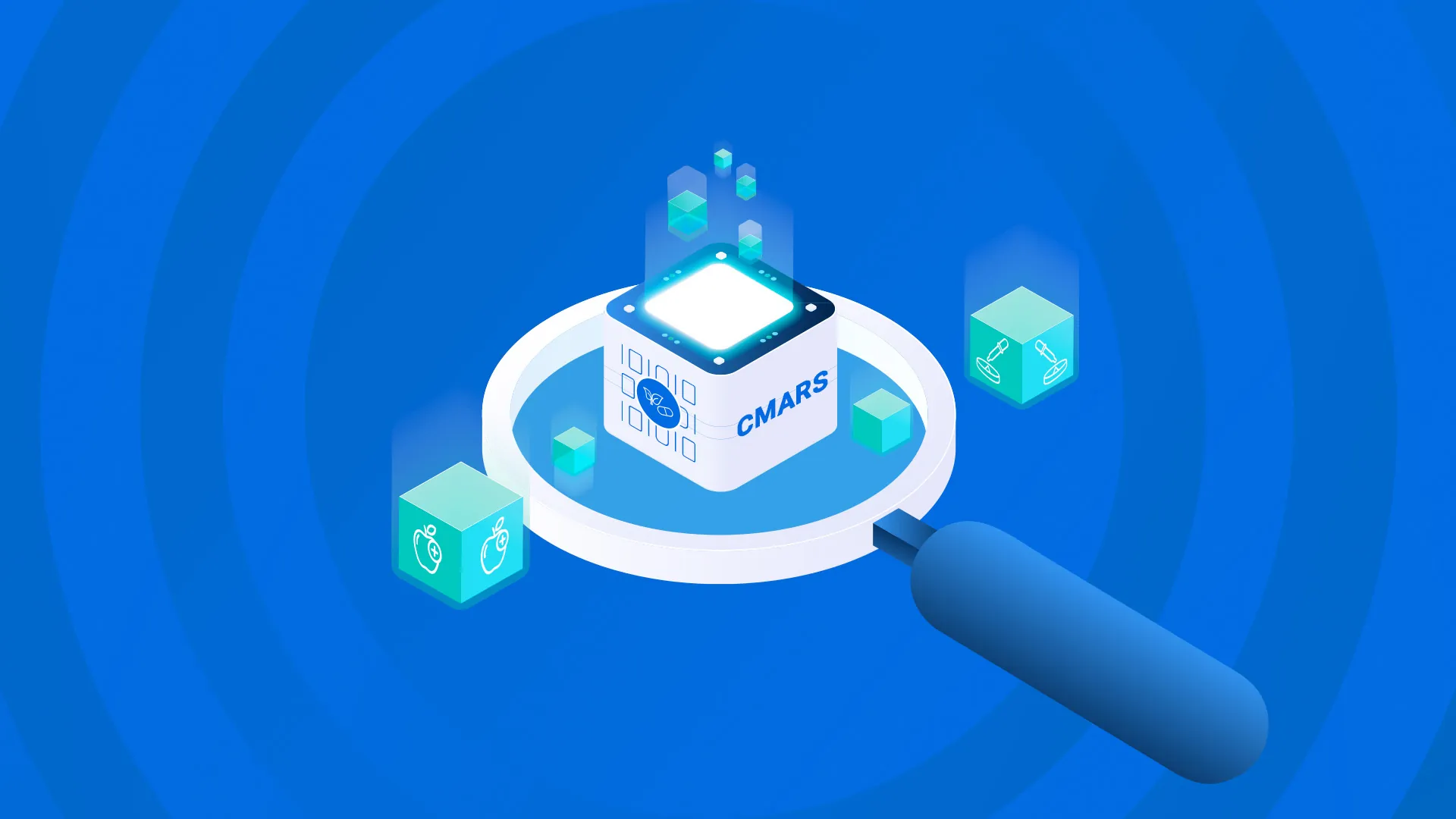By: Rujuta Waknis, Vice President, Digital Solutions; Chetan Rane, REI Offerings Lead for Application Modernization and Case Management; and Ashique Tanveer, Associate Director, FDA
The recent Gartner IT Symposium/Xpo 2024 offered an exciting, forward-looking perspective on the evolving role of AI, machine learning, and digital transformation in reshaping government and public sector IT. Attendees, including our team at REI Systems, gleaned insights into everything from the rapid pace of Gen AI advancement to the concept of “machine customers.” These discussions highlighted how system integrators and agencies can leverage emerging technologies to deliver tangible improvements in public services.
We’d like to share six key takeaways from the symposium and their implications for driving innovation and improvement for government customers.
1) The Dual Race of AI: Tech Vendors vs. Real-World Outcomes
Gartner’s sessions highlighted that AI development is currently driven by two parallel races: the Tech Vendor Race and the AI Outcome Race. In the Tech Vendor Race, technology giants like Google, Microsoft, and OpenAI compete to push the boundaries of AI capabilities. This race is focused on advancing model accuracy, expanding the scope of AI applications, and increasing market reach. Meanwhile, the AI Outcome Race centers on organizations aiming to implement AI in ways that yield practical, mission-specific benefits across various industries. Here, the emphasis is on achieving measurable outcomes, such as enhanced efficiency, innovation, or revenue growth, by applying AI to solve real-world challenges.
Government CIOs should focus on the AI Outcome Race, ensuring that they implement solutions that achieve meaningful, positive outcomes. They may lean on AI Tech Vendors to do so, but the goal is tangible results, not AI dominance.
2) AI Implementation for Productivity and Beyond
AI, Gartner noted, has the potential to boost productivity significantly. However, maximizing the return on investment requires agencies to go beyond initial productivity gains and look for opportunities to innovate and enhance decision-making.
Key strategies include:
- Tailoring AI to Job Roles: Match AI tools with roles based on complexity and experience levels. AI is best suited for automating repetitive tasks, providing insights for decision-making, and improving productivity. An example includes AI-powered customer support representatives for help desks.
- Encouraging Sustained Usage: Initial excitement about AI adoption is common, but continuous engagement is essential to keep productivity levels high.
- Expanding Beyond Productivity: AI can enable new business models, drive insights, and foster strategic thinking.
- Cost Management: Both commercial and Governmental CIOs are realizing that implementation costs for AI are unpredictable. With AI investments often requiring substantial resources, budgetary oversight is crucial to avoid overruns.
3) Machines as Customers: A Paradigm Shift for Public Services
One of the symposium’s most forward-thinking discussions was the notion of “machine customers” — automated systems that interact with public services autonomously. Examples of machine customers include bots that submit applications or software that completes transactions e.g. trading algorithms that buy and sell stock based on real-time changes in the stock market, or supply chain management systems that can process orders, create shipment requests, or negotiate prices based on real-time demand data. In the commercial sector, such interactions are already emerging, and Gartner predicts widespread adoption of Agentic AI or personal digital agents within the next few years.
4) The Future of IT-Business Collaboration and Value Measurement
A recurring theme at the symposium was the need to assess and articulate the business value of IT initiatives more effectively. IT leaders have often faced budget cuts due to difficulties in demonstrating ROI. Gartner’s framework underscores the importance of strong, collaborative relationships between IT and business teams to drive digital transformation. This encourages IT and business leaders to jointly make strategic decisions, fostering a sense of shared responsibility. Effective relationship management and sustained, collaborative relationships are critical to achieving meaningful and lasting digital outcomes.
5) Key Emerging Trends and the Tech Sandwich Concept
Among the most thought-provoking moments at the symposium was Gartner’s introduction of the “Tech Sandwich” framework for AI. Gartner often uses the ‘Tech Sandwich’ concept to describe the way technology can be perceived by technology adopters. The AI Tech Sandwich helps organizations to understand AI technologies, key factors for implementation, and organizational aspects that lead to a balanced approach.
- Data Foundation: The base of the sandwich is mission-critical data, whether managed at the enterprise level or tailored to specific programs.
- AI Middleware: This layer includes embedded AI from vendor platforms and custom-built AI tailored to agency needs.
- Program-Specific AI (BYOAI): Agencies will create AI solutions unique to their program goals.
- TRISM (Trust, Risk, and Security Management): This layer ensures that AI systems operate within trusted, secure frameworks.
6) Modernization vs. Transformation in Government IT
Another key element from Gartner’s event was the distinction between IT modernization and transformation. While both terms are often used interchangeably, they have different implications for agencies: Modernization focuses on updating systems to improve efficiency and performance, while Transformation involves a more profound cultural and operational shift, impacting how an agency functions.
Understanding this difference helps government CIOs or sponsors of these initiatives set clear goals and objectives and allocate their resources and time correctly. Without this clarity, government organizations can underestimate the investment required, lose steam before achieving expectations, or face resistance to change from their staff.
Using These Insights to Bring Innovative Approaches to Government Agencies
The insights from the Gartner IT Symposium/Xpo 2024 provide a clear blueprint for how government agencies can leverage emerging technologies like AI and machine learning to drive significant improvements in public service delivery.
System integrators like REI will play a vital role:
- Bridging gaps: System integrators who are not tech vendors themselves, such REI Systems, are pivotal to ensuring the government agencies prioritize the outcomes and results of using the right solution, rather than simply adopting the latest technology. At REI Systems, our philosophy includes our ROI-driven methodology, which allows government clients to see the tangible benefits of IT investments. Our team emphasizes ROI measurement as a core part of project planning and delivery, allowing us to assess business value continually.
- Facilitating Change: Implementing AI solutions requires adoption by the workforce and can have a significant cultural impact on how work is done. REI System’s Advisory Services can help to minimize change disruption by assessing organizational readiness, establishing a communication strategy, creating upskilling programs, and advising on the talent acquisition strategy for AI talent.
- Scaling Solutions: High-quality, accessible, and interoperable data is essential for effective AI models and applications. REI Systems has helped several agencies implement robust data and analytics platforms that serve as the foundation for AI initiatives. REI provides scalable and secure infrastructure services to provide cloud computing and secure AI solutions. Additionally, REI Systems is positioned to advise on responsible AI practices, to build trust and maximize benefits.
Navigating the emerging AI landscape for government agencies requires a thoughtful combination of strategic approaches with tactical technical implementations. REI Systems guides agencies in identifying opportunities, developing strategies and identifying projects that deliver the highest ROI and business value.




